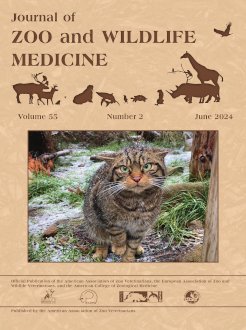The white stork (Ciconia ciconia) is a ciconiiform species widely represented in zoological institutions. Plasma protein electrophoresis is widely used in avian patients for assessment of inflammatory conditions, but reference intervals for this testing modality are lacking for the white stork. The two main electrophoretic methods are agarose gel electrophoresis (AGE) and capillary zone electrophoresis (CZE). This study assessed fresh plasma samples of healthy adult white storks (n = 30). Statistical analyses were performed to evaluate agreement between AGE and CZE. Typical electrophoretic fractions were obtained from both methods (prealbumin, albumin, α1, α2, β, γ1, and γ2). The AGE and CZE methods were not equivalent for determining major electrophoretic fractions (except β-globulins) and albumin:globulin ratio on plasma samples. An additional prealbumin fraction was seen with CZE. Reference intervals were established for each method as the smallest n group was 27 individuals for a given value; most values had normal distribution, and robust or parametric methods were used on the data.
How to translate text using browser tools
13 June 2024
PLASMA PROTEIN ELECTROPHORESIS IN THE WHITE STORK (CICONIA CICONIA): AGREEMENT BETWEEN AGAROSE GEL VERSUS CAPILLARY ZONE METHODS AND DEVELOPMENT OF REFERENCE INTERVALS
Milan Thorel,
Yannick Roman,
Antoine Leclerc
ACCESS THE FULL ARTICLE





